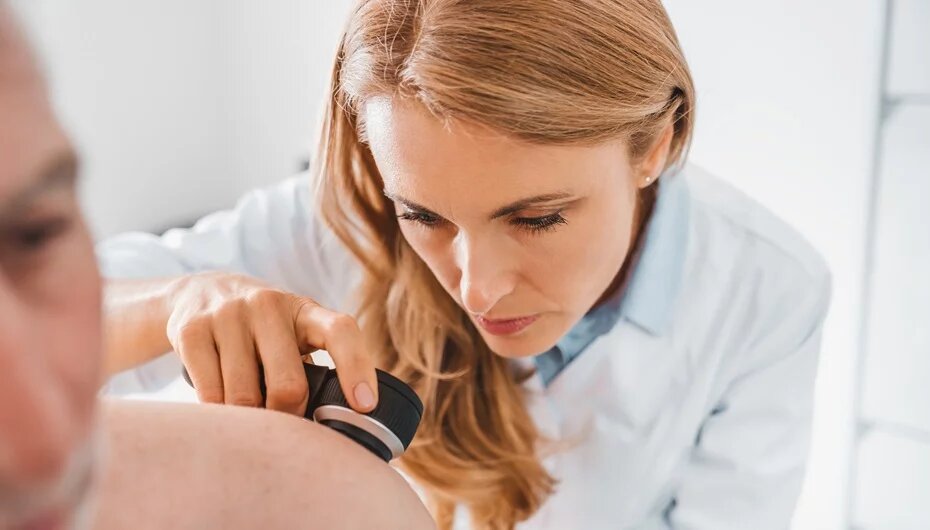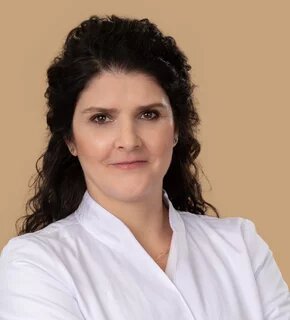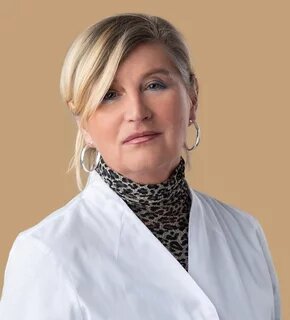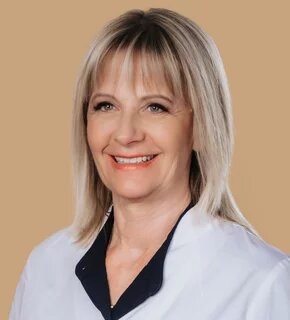Everyone is recommended to have dermatological screening at least once a year. Those in higher risk groups—those with very fair skin, red hair, or a tendency to burn—should consider bi-annual check-ups. Screening is generally quick, depending on the number and type of moles. If a dermatologist detects any abnormalities, further tests may be recommended, possibly with mole removal. Autumn and winter are an ideal time for this, as it’s easier to avoid sunlight during recovery, which aids healing.
What changes should we look for?
As well as new moles, changes in existing ones are key warning signs. Any visible changes should prompt a visit to a specialist. Self-examination is essential in prevention – use the “ABCDE” rule, which gives the warning signs to look out for:
- A – Asymmetry: One half of the mole looks different from the other
- B – Borders: Irregular or blurred edges
- C – Color: The presence of multiple colours within a mole
- D – Diameter: Moles larger than 6mm warrant special attention
- E – Evolving: Any change in size, colour or shape can indicate a problem.
Why is regular mole screening important?
- Early Detection: Skin cancer can be symptom-less, often showing only visual signs. Mole screening helps detect early changes, reducing the risk of serious illness.
- Expert Assessment: While self-examination is important, regular medical check-ups are indispensable. If you notice any changes, consult a dermatologist immediately.
- Mole Variability: Moles can change over time, and new ones can develop, making it crucial to visit a dermatologist at least annually—especially for people with fair skin, numerous moles, or a family history of skin cancer. In such cases, bi-annual check-ups may be advisable.
The mole screening process
At Dr. Rose Private Hospital, state-of-the-art technology enables precise mole tracking. During the examination, the entire body is photographed to create a macro image that records the number and size of moles. Each mole is further examined using a dermatoscope, which magnifies the moles up to 50 times, revealing structures that help the physician assess whether the mole is benign, suspicious, or malignant. Artificial intelligence programs assist in analyzing size, shape, and structural differences, further supporting the doctor’s diagnosis and recommended course of action.
Skin cancer risk factors
Several factors can increase the risk of developing skin cancer. These include:
- Higher-Risk Groups: People with very fair skin, light-coloured eyes, red hair, and those prone to sunburn are more sensitive to the harmful effects of UV radiation.
- Lifestyle: Regular sunbathing, use of tanning beds, and occupations involving prolonged outdoor activities (such as work) heighten the risk.
- Childhood Sunburn: Those who experienced blistering sunburns in their childhood are at higher risk.
- Family History: A family history of skin cancer, particularly melanoma, calls for increased vigilance and regular screening.
- Weakened Immune System: Individuals with a weakened immune system are also more susceptible to skin cancer.
How to prevent skin cancer beyond regular screening?
In addition to regular mole screening and self-examination, you can also help reduce the risk of skin cancer by protecting yourself against UV radiation: always use sunscreen with an SPF of at least 30, or SPF 50 for intense sun exposure; wear protective clothing; avoid sun exposure during peak hours (10 am. to 4 pm.). Avoid tanning beds as their use significantly increases the risk of skin cancer. Stay in the shade, wear UV sunglasses, and cover up with appropriate clothing. Strengthening the immune system through a healthy diet, sufficient rest, stress management, regular exercise, proper hydration and avoiding smoking, can contribute to maintaining skin health.
Note any changes to your skin, and consult a doctor immediately if you notice any suspicious changes. Regular mole screening is one of the most effective ways to prevent skin cancer. Monitor your skin for changes throughout the year, protect it from strong UV rays, and seek medical advice at the first sign of concern. Early detection makes skin cancer highly treatable, and screening can be lifesaving.




